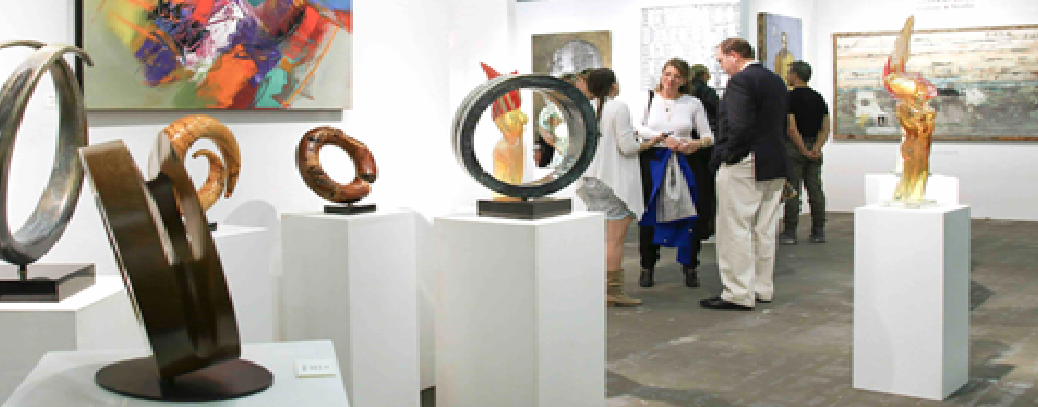ARTEXPO NEW YORK 2025
Now in its 48th year, Artexpo New York brings together the largest international gathering of qualified trade buyers— including gallery owners and managers, art dealers, interior designers, architects, corporate art buyers and art and framing retailers.
The curated expo brings more than 200 of the world’s leading publishers, galleries and collectors face to face with hundreds of established and emerging artists from across the globe.
More than 15,000 avid art enthusiasts attend each year to enjoy exciting and original artwork, prints, paintings, drawings, sculpture, photography, ceramics, giclee, lithographs and glass works – all under one roof and within 70,000 square feet of uninterrupted convention space at Pier 36. Running alongside the world’s original fine art trade show is [SOLO] highlighting established and independent established and emerging artists. Artexpo New York also features its annual lineup of interactive and educational programming, including Art Labs, Spotlight Program, and the Art Theater Program.
For further information and to purchase tickets, visit www.redwoodartgroup.com/artexpo-new-york



